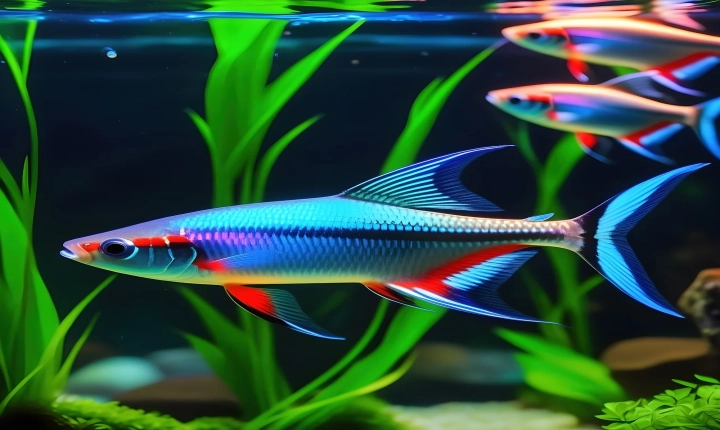Title: How to Create AI-Generated Pictures
In recent years, the use of AI-generated pictures has become increasingly popular in various industries, from digital marketing to art and design. With the advancements in machine learning and neural networks, creating high-quality, realistic images using AI has become more accessible than ever before. In this article, we will explore the process of creating AI-generated pictures and the tools and techniques involved.
1. Choose the Right Tool
There are several AI-powered tools and platforms available that can help create AI-generated pictures. One of the most popular options is Nvidia’s StyleGAN, which allows users to generate high-resolution, realistic images using generative adversarial networks (GANs). Other platforms such as Runway ML, DeepArt, and DeepDream are also popular choices for creating AI-generated images.
2. Gather Training Data
Before generating realistic pictures with AI, it’s crucial to gather a large dataset of images to train the neural network. The quality and diversity of the training data play a vital role in the realism and variety of the AI-generated pictures. The training data should cover a wide range of objects, scenes, and styles to ensure the AI can generate diverse and realistic images.
3. Preprocess the Data
Once the training data is collected, it needs to be preprocessed to remove any unwanted noise or inconsistencies. Preprocessing may involve tasks such as resizing images, cropping, and removing irrelevant data. This step is essential for ensuring that the training data is clean and well-prepared for the AI model.
4. Train the Model
Training an AI model to generate pictures involves using a deep learning framework to optimize the neural network’s parameters. This step can be computationally intensive and may require a powerful GPU to accelerate the training process. During training, the model learns to generate new images that are similar to the ones in the training dataset.
5. Generate Pictures
Once the model is trained, it can be used to generate AI pictures based on input parameters such as style, color, and composition. By tweaking the model’s input variables, users can create an infinite variety of images, from realistic portraits to abstract art pieces.
6. Refine and Iteration
Generating AI pictures is an iterative process, and refining and tweaking the model is necessary to achieve the desired results. This may involve adjusting the model’s architecture, fine-tuning the training data, or experimenting with different input parameters to create more diverse and visually appealing images.
7. Ethical Considerations
While creating AI-generated pictures can be a fascinating endeavor, it’s essential to consider the ethical implications of using AI in creative work. As AI-generated images become more realistic, there is a growing concern about their potential misuse, particularly in the creation of deepfakes and misinformation. As creators, it’s important to use AI-generated images responsibly and ethically.
In conclusion, creating AI-generated pictures is a complex process that involves gathering training data, training the model, and generating images using AI-powered tools and platforms. With advancements in machine learning and neural networks, the possibilities for creating realistic, diverse, and visually stunning AI-generated pictures are limitless. However, it’s crucial for creators to use AI-generated images ethically and responsibly, considering the potential impact of this technology on society as a whole.
